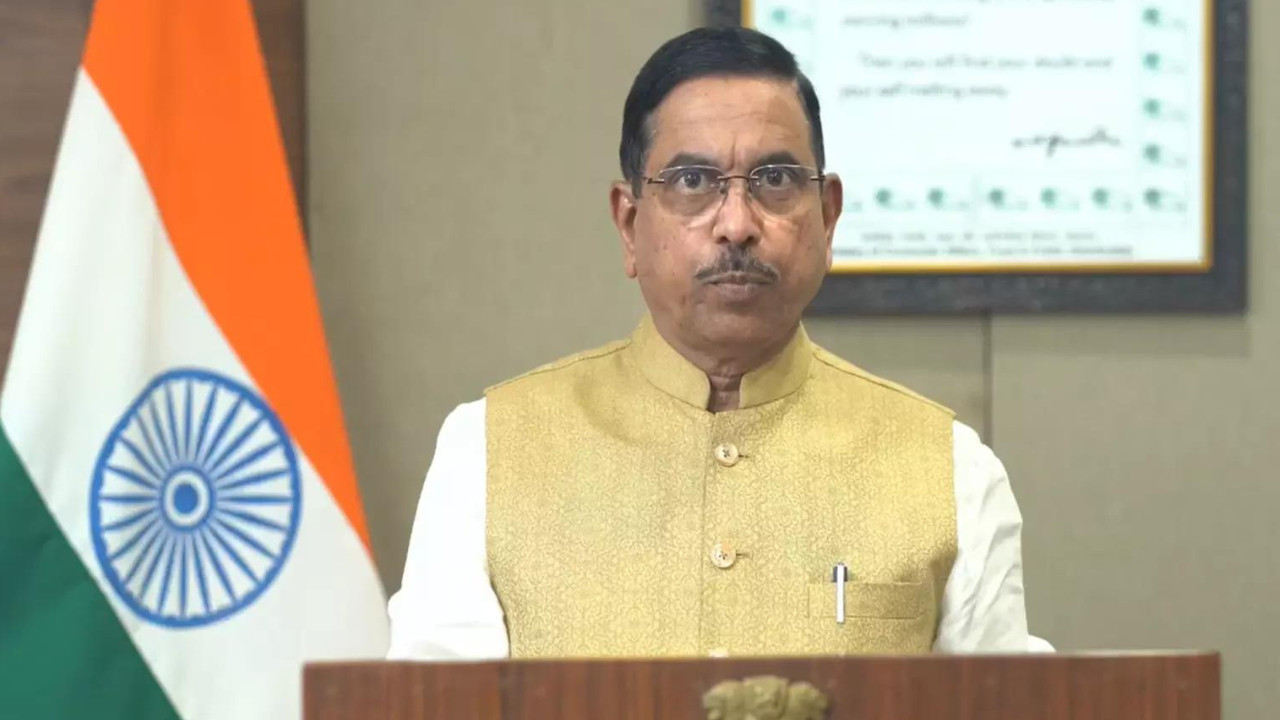Central banks continued gold purchases in August, adding 15 tonnes to reserves despite elevated prices, as they diversify away from US debt. The National Bank of Kazakhstan led buying. Global uncertainties and limited supply support continued demand for gold.
The Golden Question: Why Some Central Banks Are Piling Up Gold, But Not India (As Much)
Gold. The word itself conjures images of ancient treasures, pirate booty, and Fort Knox. For centuries, it’s been the ultimate store of value, a shimmering hedge against… well, just about everything. And in the current global economic climate, with inflation stubbornly persistent and geopolitical tensions simmering, that gleam seems brighter than ever.
Interestingly, central banks around the world have been on something of a gold-buying spree. We’re not talking about a few extra bars to polish; we’re talking about significant additions to their foreign exchange reserves. Think of it as a collective “safety first” strategy, a diversification play amidst uncertain times. But there’s a twist to this tale: India’s Reserve Bank (RBI), while still adding to its gold reserves, isn’t buying nearly as aggressively as it did last year. So, what’s driving this global gold rush, and why is India taking a more measured approach?
The Allure of Gold: A Safe Haven in a Storm
Why are central banks suddenly so keen on accumulating gold bullion? Several factors are likely at play. Firstly, gold has historically acted as a counterweight to currency fluctuations. In a world where exchange rates can swing wildly, holding gold provides a degree of stability. It’s a tangible asset, not tied to the fortunes of any single nation’s economy.
Secondly, gold is often seen as an inflation hedge. While the relationship isn’t always perfect, the theory is that as inflation erodes the value of fiat currencies (government-issued money), the price of gold tends to rise. This is because gold’s supply is relatively limited, making it a more attractive store of value when currencies are losing purchasing power.
Thirdly, geopolitical instability can drive demand for gold. When conflicts erupt or international relations become strained, investors often flock to safe-haven assets. Gold, with its long history of preserving wealth during crises, is a natural beneficiary.
In short, central banks see gold as a way to diversify their reserves, protect against currency risks, potentially hedge against inflation, and safeguard their wealth during times of global uncertainty.
Why India’s RBI Is Playing It Cool (For Now)
While other central banks are loading up on gold, the RBI’s strategy appears more nuanced. It’s not that India has lost its appetite for gold; the RBI is still adding to its reserves, albeit at a slower pace than last year. But why the change?
One possible explanation is simply a matter of allocation. The RBI likely has specific targets for the composition of its foreign exchange reserves, and may have already reached its desired level of gold holdings for the time being. It’s also possible that the RBI is taking a more cautious approach due to the current high price of gold. Buying at record highs might not seem like the most prudent investment, especially if the central bank believes prices could potentially correct downwards in the future.
Another factor to consider is India’s overall economic outlook. While global uncertainties persist, India’s economy has shown resilience. With strong growth projections, the RBI might feel less pressure to aggressively build up its gold reserves as a precautionary measure. Furthermore, managing the domestic money supply and controlling inflation within India might be taking precedence over large-scale gold acquisitions. This shows that the RBI is committed to keeping the Indian economy strong, which is key to investment opportunities in other areas. [Learn more about India’s economic outlook here.](internal-link)

The Broader Implications
The actions of central banks, especially major players like the RBI, have a significant impact on the global gold market. Increased demand from central banks can put upward pressure on prices, benefiting gold producers and investors. Conversely, a slowdown in central bank buying could temper price increases.
Ultimately, the gold-buying behavior of central banks offers a fascinating glimpse into their assessment of the global economic landscape. It reflects their concerns about inflation, currency risks, and geopolitical instability. While India may not be leading the charge in the current gold rush, its actions, or rather its measured approach, speaks volumes about its confidence in its own economic trajectory.
The Final Analysis
The golden question isn’t just about whether central banks are buying gold. It’s about understanding why they’re buying, and what that signals about their expectations for the future. While some central banks are aggressively adding gold to their reserves as a hedge against uncertainty, India’s RBI is taking a more calculated approach, reflecting its own unique economic circumstances and priorities. The future price of gold is still anyone’s guess, but one thing is clear: the yellow metal continues to play a vital role in the global financial system.







